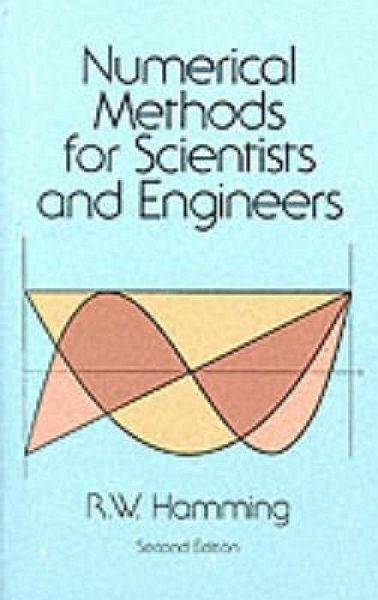Nicht lieferbar

Numerical Methods for Scientists and Engineers
Versandkostenfrei!
Nicht lieferbar
This inexpensive paperback edition of a groundbreaking text stresses frequency approach in coverage of algorithms, polynomial approximation, Fourier approximation, exponential approximation, and other topics. Revised and enlarged 2nd edition.




